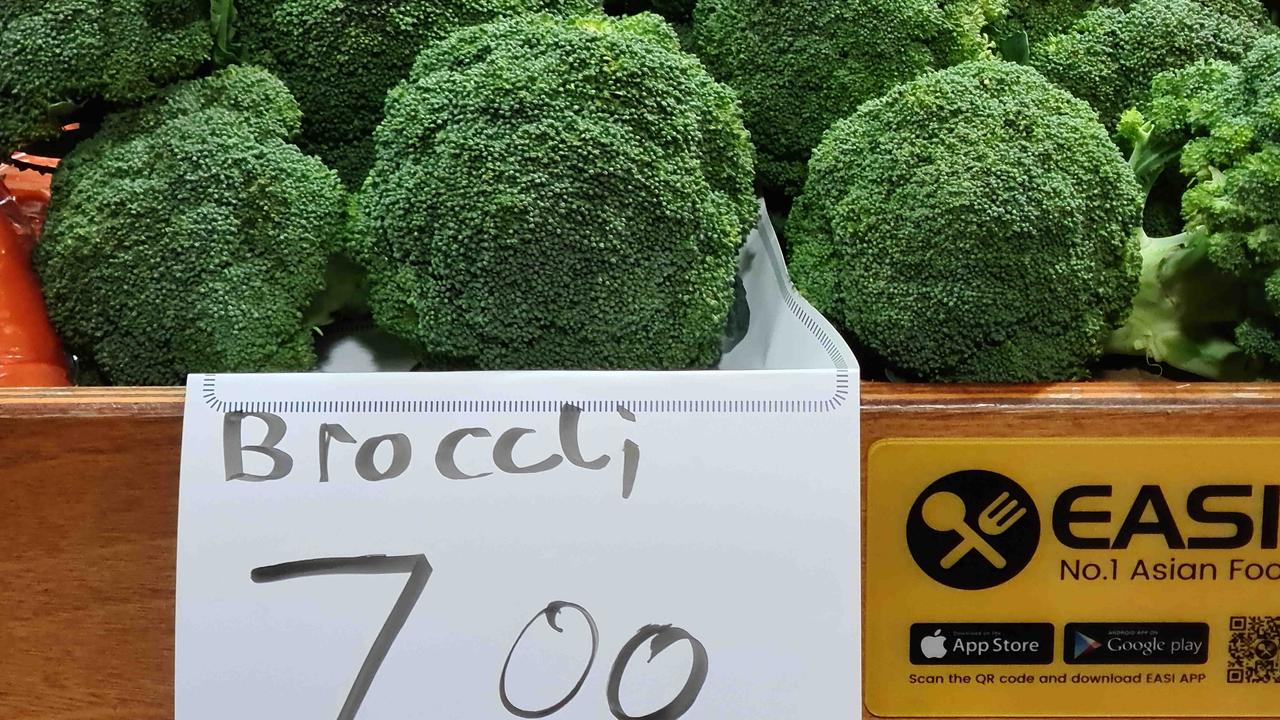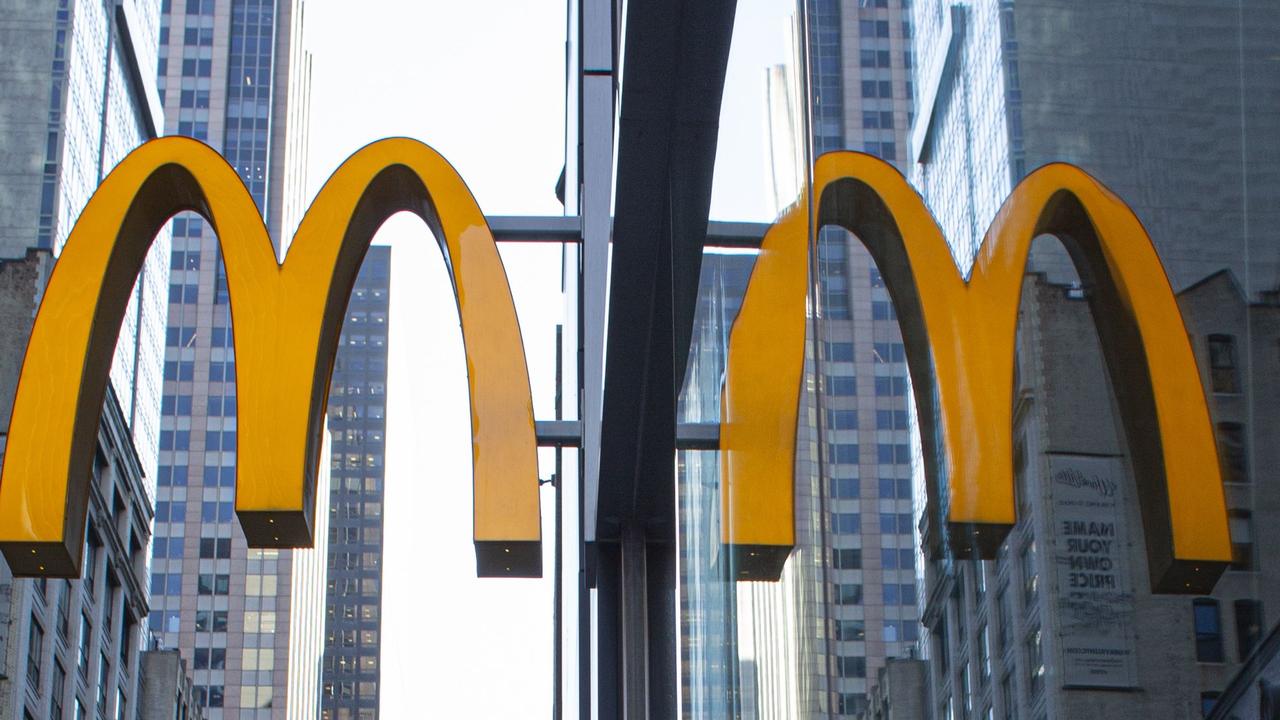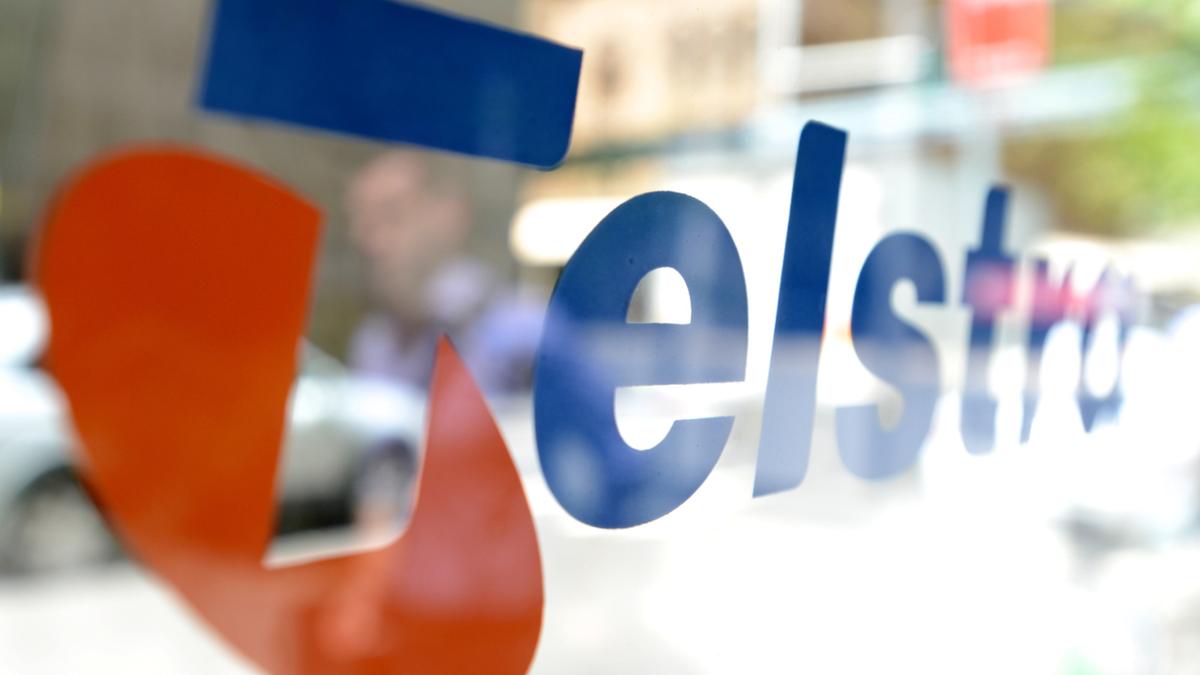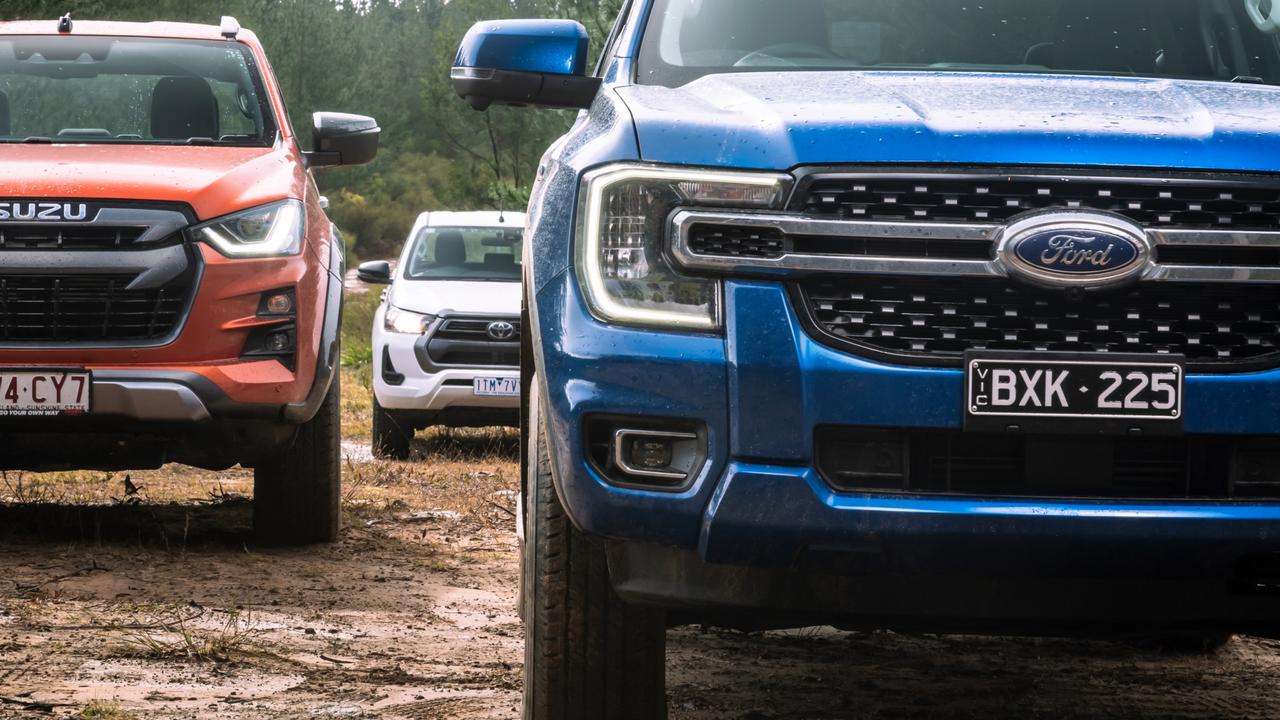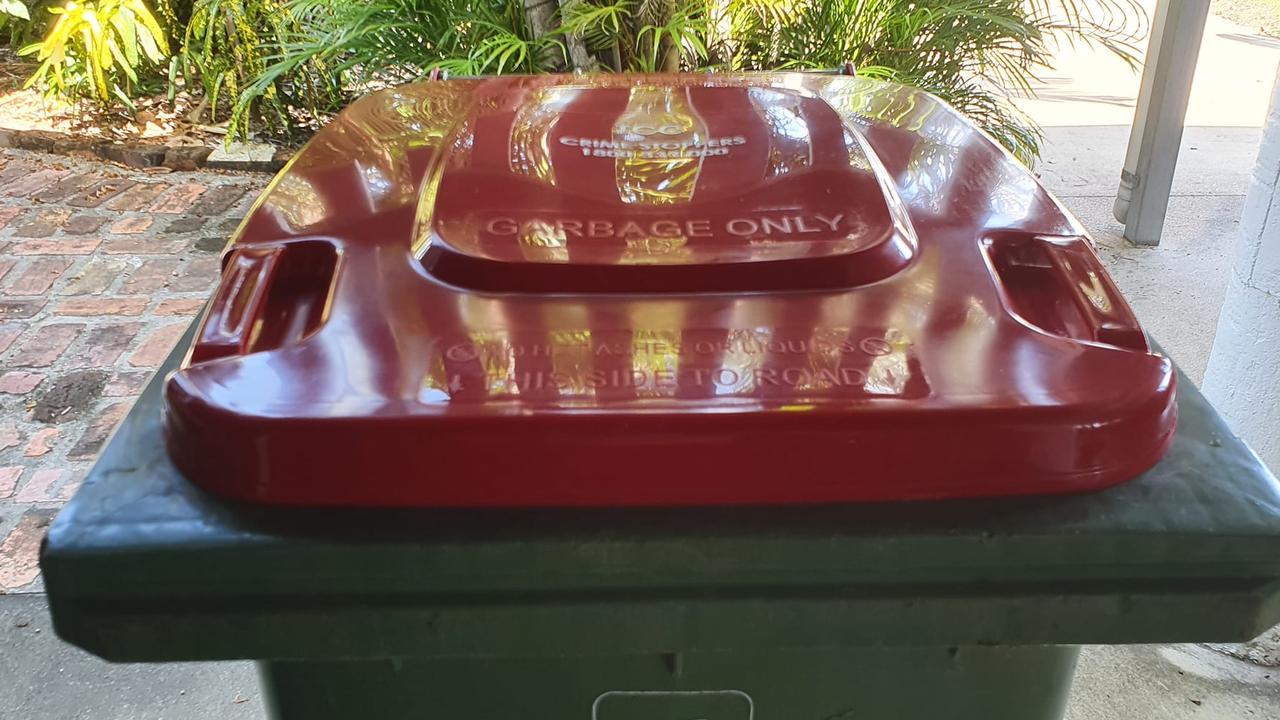As the consumer price index (CPI) tips over 6 per cent, new data reveals how much staple pantry items, fruits and vegetables have soared in price over the last six months.
According to the Australian Bureau of Statistics, the price of food and non-alcoholic beverages increased by 5.9 per cent in the last year due to high freight costs, supply constraints and strong demand.
As a result, consumers and businesses have gone to extreme lengths to cope with the country’s cost of living crisis as empty shelves, sky-high price tags and costly grocery bills become the new normal.
Recently there have been some unusual methods Australians have used to slash costs and make-up for insufficient stock, including broccoli stalks being broken off and left on fresh produce units and KFC switching lettuce for cabbage in its burgers.
So with the effects of inflation felt and seen right around the country, food experts from Foodbomb crunched the numbers to assess which foods are having the greatest impact on consumers’ hip pockets.
Research shows that broccoli, iceberg lettuce and baby spinach have been the most expensive items in short supply within the last six months.
Broccoli has increased by a staggering 130 per cent, with a box previously worth $42 now costing stockists $95 each. This increase is then passed onto consumers per kilo.
Meanwhile, the price of iceberg lettuce hiked from $4 to $10.80, at a 151 per cent increase. A bag of shredded lettuce also rose for $7.50 per kilo.
As for baby spinach, the price for a 1.5kg box more than doubled, rising from $16.50 to $38.50.
While these prices have caused trouble for consumers and businesses in the past, offering some hope is Mouhamad Dib, the company director at MD Provodores.
He told news.com.au that despite the increase in costs observed recently, the inflated price tags on these leafy vegetables won’t be here to stay.
“The cost of fertilizer from the farms, to labor shortages and transport costs has amplified pricing across all sectors,” Mr Dib said.
“But with spring around the corner and summer days behind it, we hope to see some prices come down. Lettuce leaves are definitely still in short supply, but broccoli and baby spinach are getting better.”
Unfortunately, the same can’t be said for staple pantry items and animal products which are taking a hit as a result of global events and supply chain issues.
Oil unexpectedly soared in price with 20 liters of sunflower oil doubling from $30.60 to $66. Whereas the cost of canola oil is triple the amount, with some suppliers selling the same quantity for as much as $92.10.
It’s bad news for egg lovers with the war in Ukraine preventing farmers globally from sourcing feed grain which has in turn slowed egg production.
As a result, wholesale prices for a one dozen carton of free-range eggs have risen from $2.60 to $4.45. Caged eggs have also seen a similar increase however, they aren’t selling out in supermarkets as quickly due to the shift in demand for the cage-free range.
Foodbomb predicts that egg supply will run tight for the next 18 months as feed supply becomes increasingly difficult to source.
Salmon and chicken breast are also among some of the other animal products in short supply while selling at a higher cost, now ticketed at $40kg and 9.50kg respectively.
Similar to the egg situation, consumers can expect the price of chicken meat to remain high for the next 12 months.
Anthony Ponte from the operations and procurement department at wholesaler Melba Fresh told news.com.au that these price increases are a reflection of the market.
“(Prices) are going up because the supply is going down, while the demand is staying the same if not increasing. As a result, we’re getting less sales and it’s getting harder and harder to source produce,” he said.
“We’ve been looking everywhere, interstate and all kinds of places, just trying to get our hands on products. It’s been very hard. We have to split what we’ve got between orders, but you still ultimately end up disappointing everyone.”
Mushrooms also make Foodbomb’s top 10 list of expensive items in short supply with a box now priced at $50 each. Lebanese cucumbers, $11 per kilo, and cabbage, $14 each, come in at ninth and 10th place.
.
